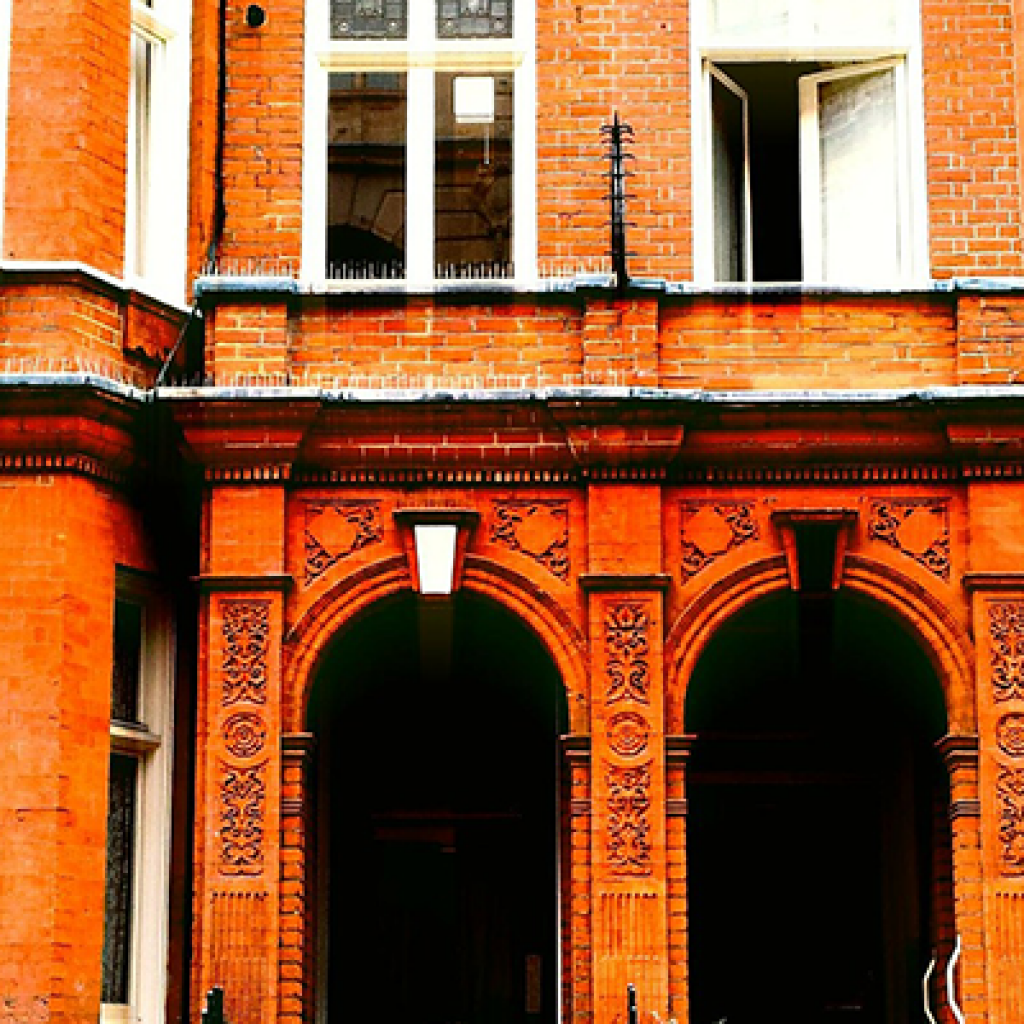Trafalgar Square is the third and final of the red properties on the monopoly board. It is situated in the City of Westminster
It is the largest square in London built around the area formerly known as Charing Cross.
From the 14th to the late 17th century, much of the area occupied by Trafalgar Square was the courtyard of the Great Mews stabling, which served Whitehall Palace. The Crown Stables were on the site of the western part of the National Gallery. In the early part of the 18th century, the mews area was cleared. In 1812 the architect John Nash started to develop ‘a new street from Charing Cross to Portland Place … forming an open square in the Kings Mews opposite Charing Cross’. He wanted the space to be a cultural space, open to the public. In 1830, it was officially named Trafalgar Square.
Work began on the National Gallery in 1832, it stands on the former site of the King’s Mews. Trafalgar Square was chosen as it was between the wealthy West End and the poorer areas to the east giving people of all social classes’ access to the art collections.
In 1843 Nelson’s Column was erected. In 1867 the four bronze sculpted lions guarding the column were added. The monument was designed to commemorate Admiral Horatio Nelson who died at the Battle of Trafalgar in 1805.
The square was opened to the public on the 1st May 1844.
In 1845, two fountains were built replacing two earlier fountains which were sent to Ottawa and Regina in Canada. The new fountains were to reduce space for public gatherings.
There is a statue in three out of four corners of the square, with the fourth originally going to be a bronze statue of King William but the money could not be raised for it and so it remained empty until 1998 when the Royal Society of Arts suggested rotating a series of modern sculptures.
Since its construction Trafalgar Square has been seen as a centre of national democracy and protest. Rallies and demonstrations are frequently held at weekends on a range of political, religious and general issues. The Mayor supports this democratic tradition, and gives access to the square for such causes.
Every year since 1947 there has been a Christmas ceremony at Trafalgar Square. A Norway spruce tree is given by Norway’s capital Oslo and presented as London’s Christmas tree, as a token of gratitude for Britain’s support during World War II.
Switching on the lights, by the Mayor of Oslo, on the giant Christmas tree has been part of Christmas season in London since 1947
In the southeast corner of Trafalgar Square is a small former police phone box which is famous for being the World’s smallest police station. In 1926 Scotland Yard cut out the inside of an old light drum and installed a light and a telephone line, making a one man police phone box, which the police could use to call for assistance. The phone had direct access to New Scotland Yard, the head-quarters of the London Metropolitan police. Today the police box is used as a broom cupboard for Westminster Council cleaners.
St Martin-in-the Fields parish church is one of the most famous in London; with a church having been on the site since the 12th century. Around 1542 Henry VIII replaced the existing church, extending the parish boundaries to keep the plague victims from his palace. It was enlarged in 1607 but was again rebuilt and replaced by the current building in 1724.
Listed buildings
Church of St Martin-in-the Fields
Canada House
South Africa House
57 to 59
66 (Natwest Bank)
National Gallery
Future
Trafalgar Square is part of the Northbank Business Improvement District where there are plans to improve the area over four and a half years.
Information
The average sold price of a Flat in October 2014 was £1,125,000.00
If purchasing a property in Fleet Street Conveyancing Data Services recommended searches are Groundsure Energy, Groundsure Underground Report a Groundsure HS2 report and a Groundsure Flood Report.
The average rent of a two bedroom flat in the City of Westminster is £3773pcm
The nearest Underground is Charing Cross
The nearest Overground is Charing Cross
Trafalgar Square is in the Congestion Charge Zone. You have to pay an £11.50 daily charge if you drive between 07.00 and 18.00, Monday to Friday.
The Thames Tideway Tunnel will run through the City of London under the River Thames. Near Trafalgar Square will be the new Victoria Embankment Foreshore which will commence construction in 2016.




















